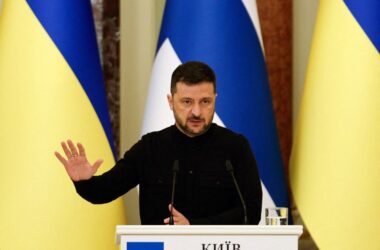Policymakers in Brussels are set to negotiate the EU summit agenda on Oct 23, with Poland anticipating supportive resolutions on Ukraine aid, sanctions, defense, and climate goals.
Summit schedule and key participants
The EU Council summit begins at 10:00 a.m. on Thursday, October 23, focusing immediately on Ukraine. Ukrainian President Volodymyr Zelensky arrives after a meeting with former U.S. President Donald Trump. Hungarian Prime Minister Viktor Orbán joins later, after national celebrations.
Focus on Ukraine and financial aid
Discussions will center on budgetary support for Kyiv, with EU officials urging the Commission to craft a “solid, realistic financing package” within weeks. This may involve using cash balances tied to frozen Russian assets, as documents seen by DW suggest.
Russia sanctions and “shadow fleet”
The Council will also review its 19th sanctions package, targeting Russia’s use of low‑flag commercial vessels to evade restrictions. Several EU states wish to expand beyond existing arrangements, while diplomatic efforts aim to bring the war to an end.
European defense consolidation
Defense is the third summit theme. EU leaders seek to close the first phase of a defence‑strengthening process, having set strategic direction, adopted new tools, and secured funding. Future actions will involve reinforcing defense ministers’ roles and operationalising air and drone protection projects.
Poland’s expectations on sanctions and defense
Poland aims for stronger commitments to its eastern flank, especially against drones, and for easier access to sanctions on Russia. It is hopeful that the summit will acknowledge Polish territorial concerns and support its defence priorities.
Climate goal toward 2040 and enabling conditions
The EU’s 2024 proposal seeks a 90 % reduction in greenhouse emissions by 2040 relative to 1990. While support is uneven, many countries insist on “enabling conditions” such as EU funding for energy transformation and social safeguards. A Polish‑favored clause requests the Commission to ease the transition and review emission‑trading plans.










